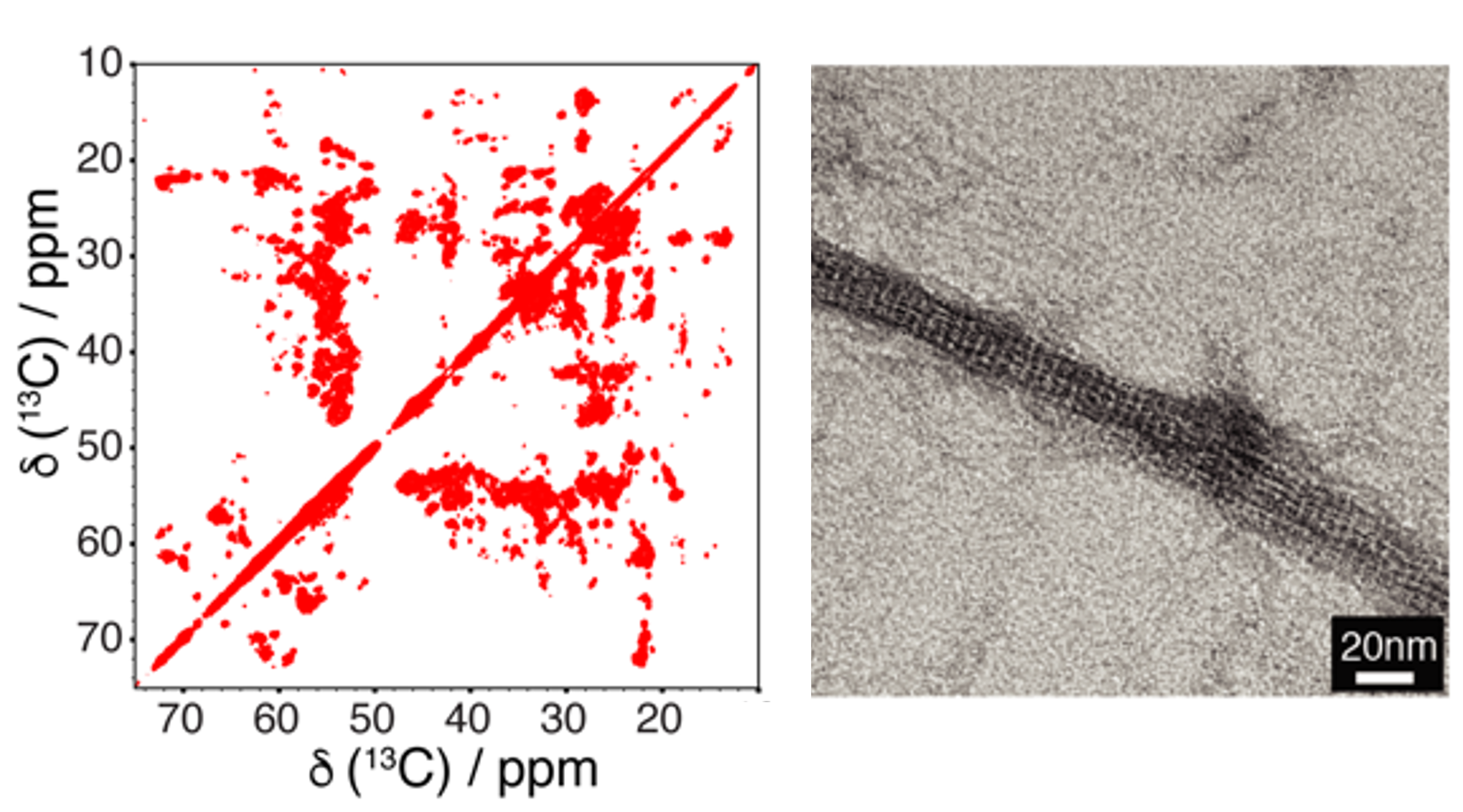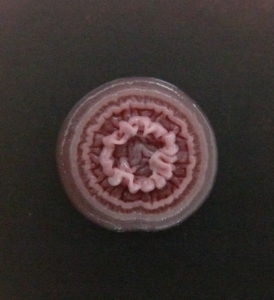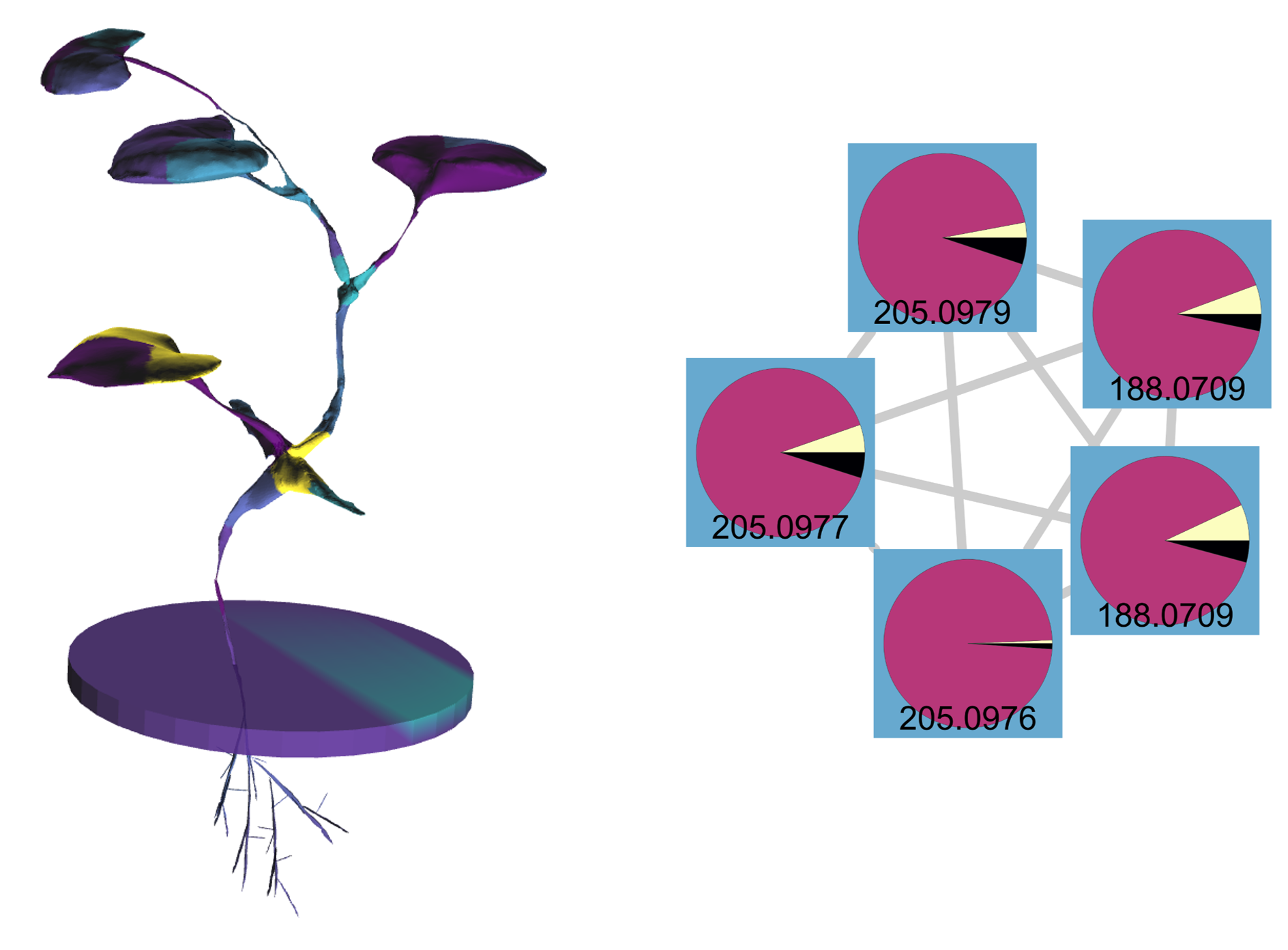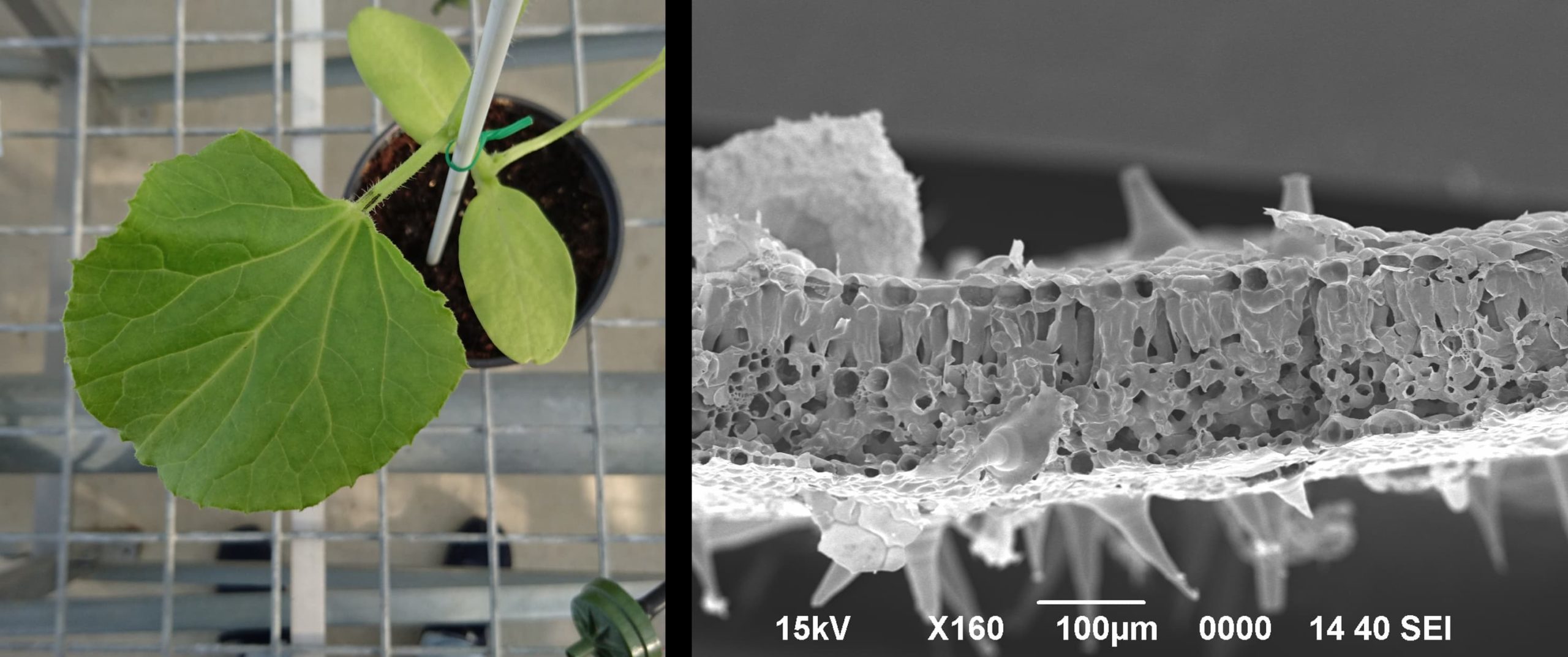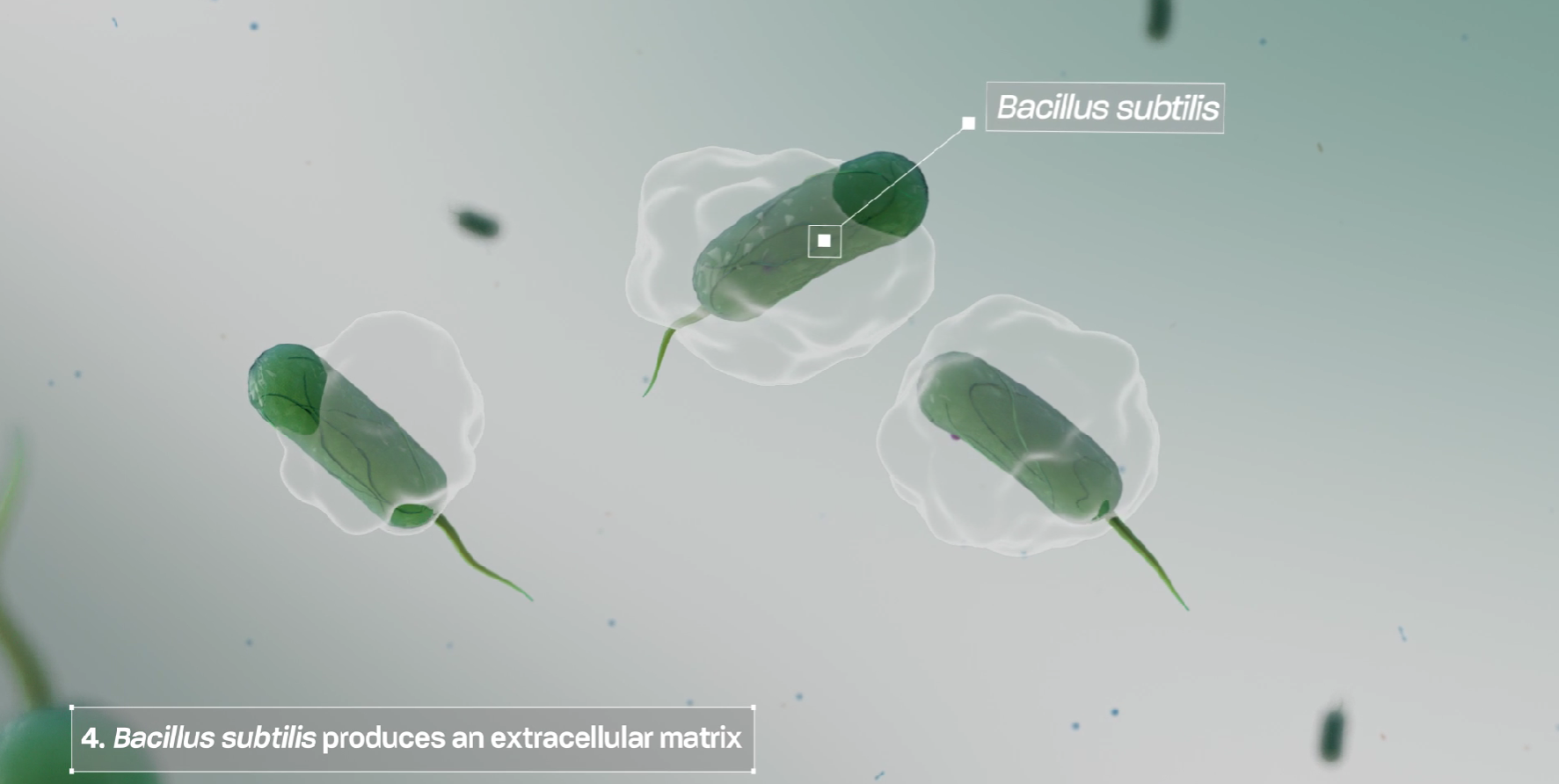RESEARCH
Functional Amyloids in the extracellular matrix of bacterial biofilms
One of the most fascinating life style of bacteria is the biofilm. Discovered in the last century, we are still learning on the molecular bases that lead the transition from planktonic to sessile life style characteristic of biofilms, and the way bacterial cells build their own “cities”. The assembly of the biofilm is complex and highly regulated involving a myriad of bacterial factors even multiple microbes, therefore, this process is included in a more global concept, the bacterial multicellularity and social behavior. In this research line, we are interested in the study of functional amyloids, the last addition to the group of structural factors that permit the construction of extracellular matrix of biofilms. Our research moves from basic and structural aspect to functional roles of amyloids in the bacterial physiology and interaction with other microbes or interkingdom communication.
Interspecies interactions and impact to the health of plants
In plant organs, Bacillus coexist with other bacterial species or fungi. They can live in harmony or compete for nutrient or space, and depending on additional environmental conditions, a switch may happen between these ecological relationships. Biofilms have been studied as single species, but the reality is that multiple species can be integrated in this social community. In this research line, we are exploring how the extracellular matrix modulate the interaction of Bacillus with other bacterial or fungal species, and the ecological implications during their interaction with plants.
The extracellular matrix in the interaction bacteria-plant
Microbes live freely in the environment but also in association with diverse host, humans, plant or insects. In our group we are interested in understanding how beneficial or human pathogens interact and communicate with plants. To do this study we are working with B. subtilis, B. velezensis and closely related B. cereus. Considering the relevance of biofilm in the life cycle of bacteria, we want to really deciphering the functionality of this style of life during the interaction bacteria-plant, how component of the extracellular matrix mediate this communication, and how the plants modulate this bacterial developmental program.

